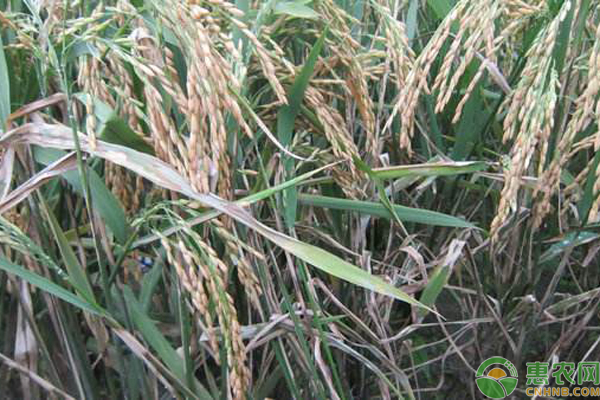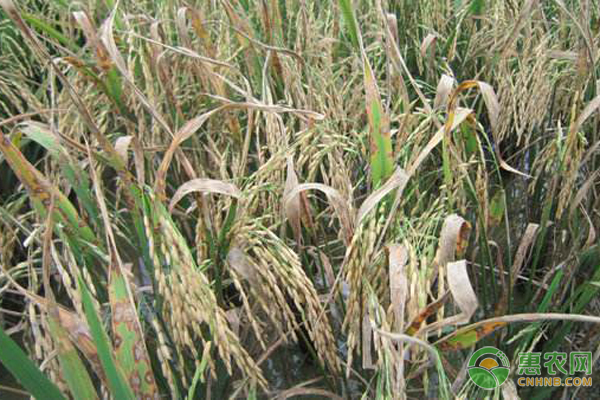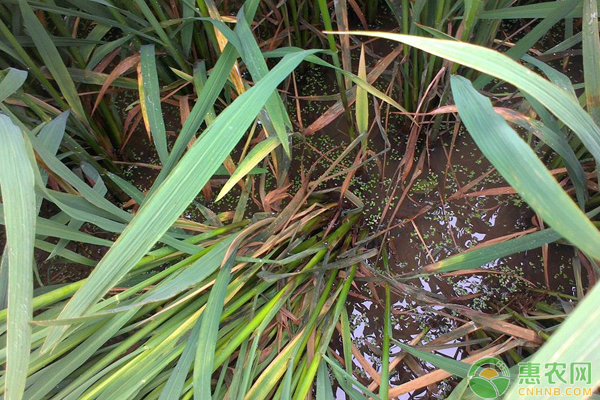Summer is a hot and humid weather, and rice sheath blight often occurs. Sheath blight is mainly caused by Rhizoctonia solani, which is also called moiré. Farmers commonly call it moiré. Sheath blight can make the rice unable to head or the heads of the grain are more, resulting in a decrease in grain weight. Let's take a look at the causes and prevention methods of rice sheath blight. Why is there a sheath blight? 1. Sclerotium residue: The sclerotia of sheath blight will lurk overwinter in soil, diseased grass, weeds in the field, and become the main source of primary invasion. To a large extent, the number of sclerotia in these places determines the severity of the disease. 2, high temperature and high humidity : the incidence of sheath blight is suitable for the environment, it is the current high temperature rainy season. Affected by temperature and humidity, the temperature is above 20°, and the relative humidity is about 95%. We can observe the signs of the disease; it is most suitable when the temperature is kept at 26 to 30° and the humidity is saturated. 3, improper fertilizer and water: when the combination of fertilizer and water is not appropriate, it will also activate the potential sheath blight. Large-water flood irrigation and deep irrigation lead to excessive humidity in the field; partial application of nitrogen fertilizer does not make a reasonable combination of NPK and medium-quantity elements, resulting in a prolonged growth of rice, leading to premature closure and poor permeability in the field. At the same time, unreasonable fertilization brings about the late stems and leaves, and the increase of soluble nitrogen in the plants reduces the disease resistance of the plants. Rice sheath blight prevention and control method 1. Clean up the source of bacteria: timely salvage of debris can effectively reduce the source of bacteria. The so-called sundries are that when we plow and pour water, there are many sundries floating on the water surface, and many of them are mixed in. We can concentrate on salvaging these sundries, concentrate on the treatment, and eliminate the weeds on the edge of the field to reduce the source of the bacteria, thus reducing the pre-stage incidence. 2, fertilizer management: high temperature and high humidity weather, fertilizer and water management is particularly important. The three elements of NPK must be applied in combination with avoiding partial application; at the same time, reasonable combination of farmyard manure, chemical fertilizer, long-acting fertilizer and quick-acting fertilizer. In terms of irrigation, if long-term deep irrigation and long-term humidity are high, we need to achieve “reasonable irrigation and drainage, water control and disease controlâ€. Shallow water roots, thin water tires, and wet long spikes are required for farming. The drying of the field should be carried out from the end of the tillering period to the beginning of the jointing period, and then the irrigation and drainage system should be improved in the later stage so that the irrigation and drainage can be carried out and the dry and wet and wet management can be carried out. Deep mud fields, cold soaked fields, and fertilizer fields should be re-launched; sandy fields are lightly placed, and rice fields and rice fields should be placed in separate rows. 3, rational use of drugs: Currently for the sheath blight, the best experimental effect is Jinggangmycin. In the case of careful understanding of the field conditions, try to use the drug before the onset of the disease, at least in the early stages of the disease. The Jinggangmycin aqueous solution was sprayed with water in a shallow water field and divided into two. The first time the drug was sprayed onto the base of the rice stem to improve the efficacy, the second time all sprayed. The above is the introduction of the causes and control methods of rice sheath blight. Sheath blight is a common disease in rice, which often causes farmers to have a headache, because if it is not handled well, it will seriously affect the rice yield of farmers, so Xiaobian I have an overview of the causes and prevention methods of sheath blight, and hope to help farmers! Insect net greenhouse also known as plant and vegetables greenhouse net. Used for prevent the insect fly into the greenhouse during the plant growing, and cover the plants. Key off the approaches that the pests (adult insect) breeding. Effective control of the spread of all kinds of harmful pests spread, such as Cabbage caterpillar, diamondback moth, aphids, flea beetles, Sweet agnates, American leaf miner, literal etc and prevent the harmful of virus spread. Significantly reduced the use of chemical pesticides, so that the planting vegetables good-quality and health. Greenhouse Insect Net,Insect Mesh Netting,Insect Mesh JIANGSU SKYPLAN GREENHOUSE TECHNOLOGY CO.,LTD , https://www.alibabagreenhouse.com


Causes and control methods of rice sheath blight
Prev Article
What food is the most hangover?